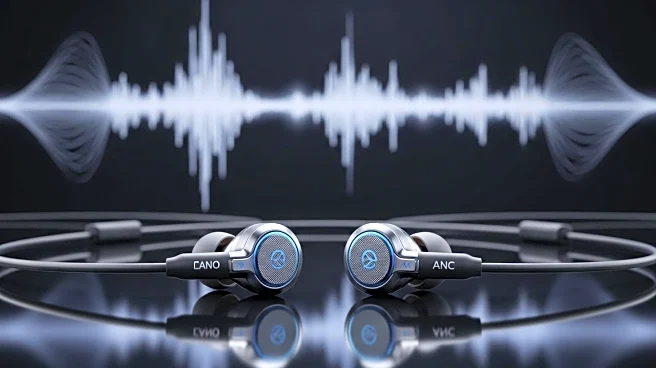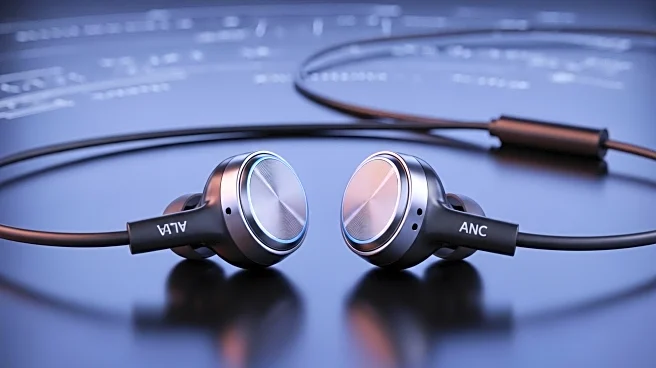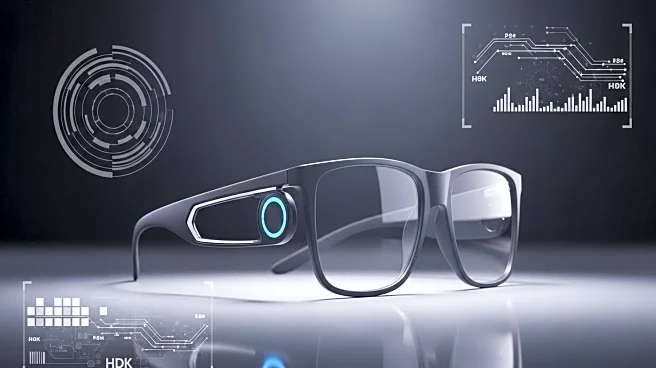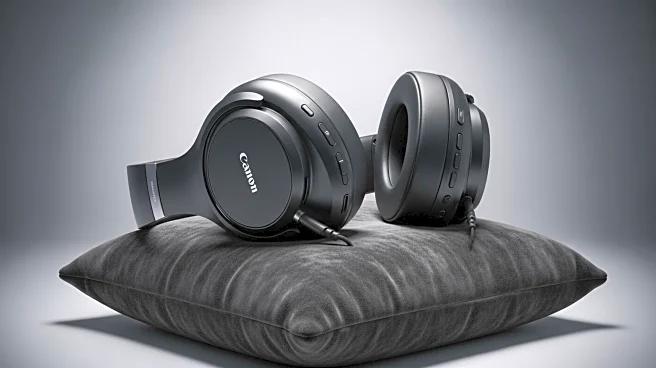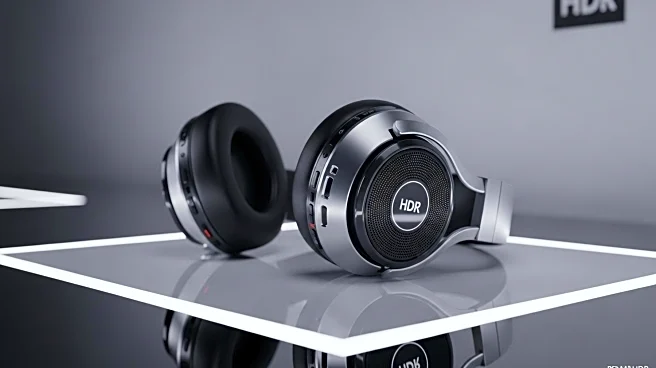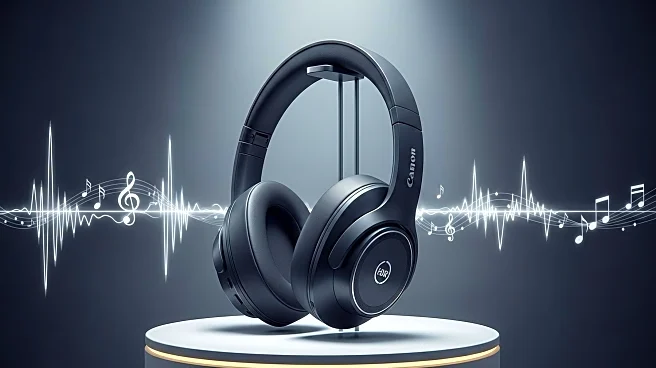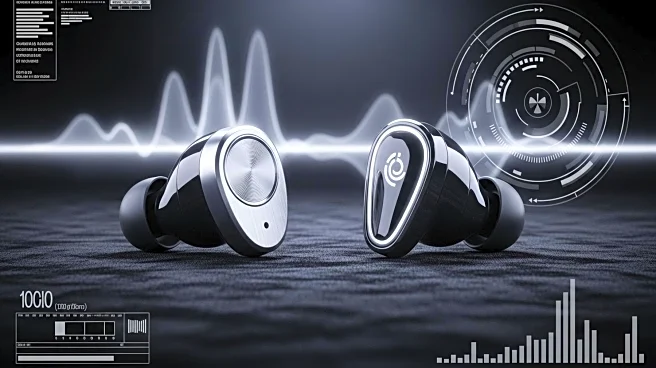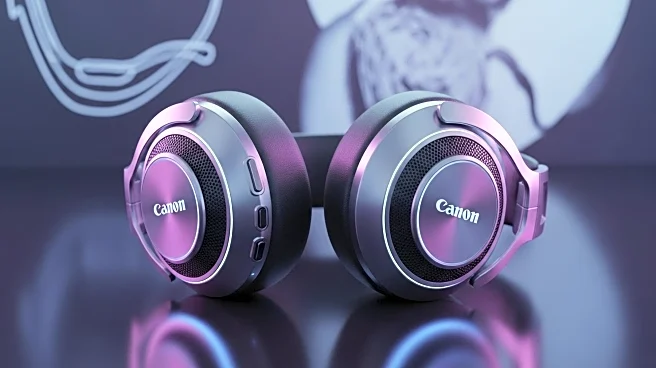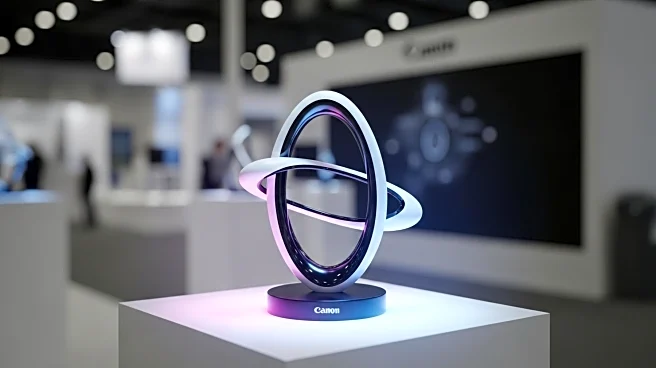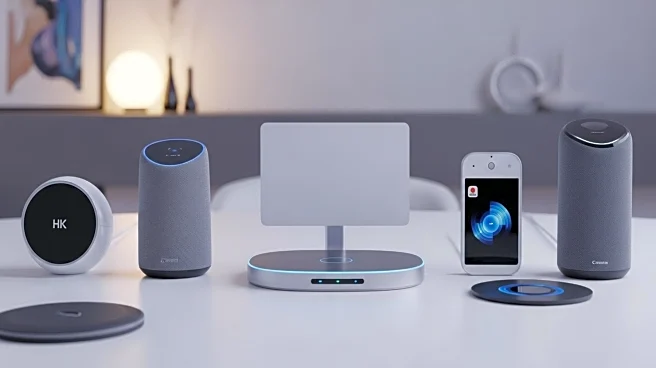What's Happening?
Belkin has unveiled its latest audio product, the SoundForm USB-C Wired Earbuds with Active Noise Cancelling (ANC), at the IFA 2025 event. These earbuds are designed to cater to users who prefer wired audio solutions, offering features such as water and sweat resistance, 12mm drivers, and a transparency mode. The earbuds connect via USB-C, allowing them to support ANC without the need for a battery, unlike traditional 3.5mm jack headphones. This design choice limits their compatibility to devices with USB-C ports but offers a trade-off against the need to recharge wireless earbuds. Belkin's earbuds are priced at $34.99 and are set to be available in October. Additionally, Sony has also announced its own USB-C wired earbuds, the IER-EX15C, priced at $30, though they lack ANC.
Why It's Important?
The introduction of wired earbuds with ANC by Belkin signifies a potential shift in consumer electronics, where wired audio solutions are making a comeback. This trend could appeal to users who are frustrated with the limitations of wireless earbuds, such as battery life and connectivity issues. The use of USB-C for wired audio also aligns with the broader industry move towards this universal standard, potentially influencing future product designs. For consumers, this means more options in the audio market, particularly for those who prioritize sound quality and reliability over the convenience of wireless technology. The competition between Belkin and Sony in this niche market could drive innovation and price competitiveness, benefiting consumers.
What's Next?
As Belkin and Sony release their new wired earbuds, consumer response will likely determine the future of wired audio products. If successful, other manufacturers may follow suit, expanding the market for wired earbuds with advanced features like ANC. The industry will also watch how these products perform in terms of durability, especially concerning the longevity of USB-C connections. Retailers and tech reviewers will play a crucial role in shaping public perception and adoption of these products. Additionally, the broader adoption of USB-C across devices could further support the resurgence of wired audio solutions.
